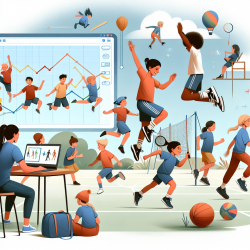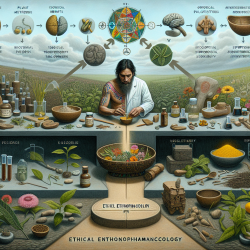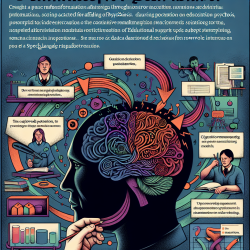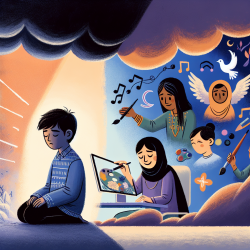The concept of the Relative Age Effect (RAE) is a fascinating and crucial factor in understanding children's development, particularly in the context of physical literacy. The research article "Influence of the relative age effect on children’s scores obtained from the Canadian assessment of physical literacy" sheds light on how a child's birth month can impact their physical literacy scores. This blog will explore the implications of these findings and how practitioners can leverage this knowledge to improve their skills and support children more effectively.
Understanding the Relative Age Effect (RAE)
The RAE refers to the developmental advantages or disadvantages that children experience based on their birth month relative to the cut-off date for school entry. Children born earlier in the year often have a significant edge in physical, cognitive, and emotional development compared to their younger peers born later in the same year.
Key Findings from the Research
The study examined 8,233 children aged 8 to 12 years across Canada, assessing their physical literacy using the Canadian Assessment of Physical Literacy (CAPL). The CAPL measures four domains: Physical Competence, Daily Behaviour, Motivation and Confidence, and Knowledge and Understanding.Key results include:
- RAE was significantly associated with height and muscular strength in both boys and girls, with children born in the first three months of the year being taller and stronger.
- Effect sizes for RAE on CAPL scores were generally negligible, suggesting that RAE does not significantly impact overall physical literacy.
- Gender differences were noted, particularly in the Motivation and Confidence domain, where girls born earlier in the year scored higher.
Implications for Practitioners
While the RAE's impact on overall physical literacy scores may be minimal, understanding its nuances can help practitioners tailor their approaches more effectively. Here are some strategies:
- Personalized Assessment: Recognize that children born later in the year might need additional support in physical activities and confidence-building exercises.
- Holistic Development: Focus on developing all four domains of physical literacy, not just physical competence. Encourage motivation, confidence, and knowledge alongside physical activities.
- Inclusive Practices: Create inclusive environments that accommodate the varying developmental stages of children, ensuring that younger children are not unfairly disadvantaged.
Encouraging Further Research
The findings highlight the importance of considering RAE in physical literacy assessments. Practitioners are encouraged to delve deeper into this topic to better understand how to support children's development effectively. Further research could explore the long-term impacts of RAE and how educational and sports systems can adapt to mitigate any disadvantages.
Conclusion
Understanding the RAE and its implications on physical literacy can help practitioners provide more nuanced and effective support to children. By considering factors like birth month and individual development stages, we can foster an environment that promotes holistic growth for all children.To read the original research paper, please follow this link:
Influence of the relative age effect on children’s scores obtained from the Canadian assessment of physical literacy.










